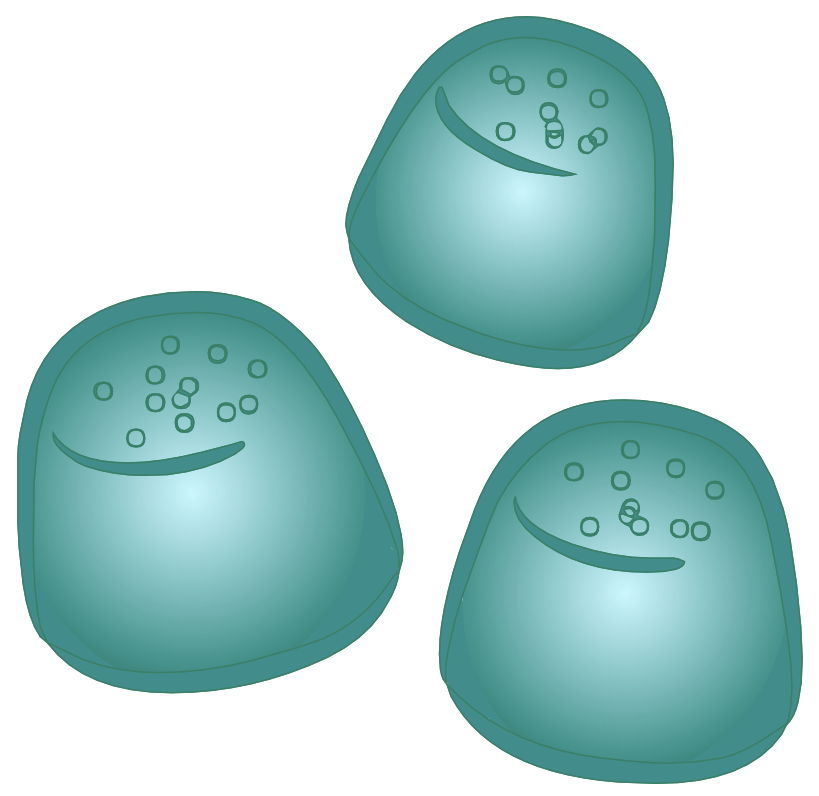Over the last few months, we’ve had a lot of discussion about SSDs, assessing their health and likely longevity, and more recently about trimming them, and their performance. While I’ve been working on another project concerning SSDs, I came across a small goldmine of information available within macOS, including a useful range of SMART health indicators. I’ve now incorporated some of these into a new feature in my free collection of tools, Mints.
You’re probably already well aware of the info command in the diskutil command tool, which obligingly provides a long list of information about mounted disks. You may not be aware of its variant diskutil info -plist, which doesn’t just deliver that information in the form of a property list, but adds a whole lot more, including a selection of useful SMART health indicators.
With
diskutil info /Volumes/myVolName
the most you get about health indicators is
SMART Status: Verified
much as you see in Disk Utility. Try
diskutil info -plist /Volumes/myVolName
and you get a whole sub-dictionary for the key SMARTDeviceSpecificKeysMayVaryNotGuaranteed. Despite that warning, some of the most useful SMART indicators seem fairly consistent.

This new version of Mints has another button Disk Check. Click on that and a new window opens. Click on the Check Disk button there and select the disk/volume you want to check. Mints then parses the property list returned by diskutil and displays key information about that disk.

This is only intended for use with SSDs; use it on other mounted storage at your peril. The selection dialog automatically opens in the /Volumes folder, where all user disks and volumes are mounted. If you stray outside that, for instance trying to open Time Machine snapshots or disks hidden in /System/Volumes, then you should be returned the values for the root / on the current Boot Volume Group.
For all SSDs, this should show:
- the mount path of the disk/volume selected, in the upper box;
- the disk device representing the disk itself;
- the interface or bus protocol of the disk, including Apple Fabric, PCIe, or SATA;
- the name of the disk;
- its mount point;
- the total disk or container size in bytes.
Those SSDs using supported bus protocols, including Apple Fabric and PCIe, but excluding SATA, should then have a section containing SMART indicators, including:
- Total bytes of data written to the SSD. Two numbers are given, first the upper part of the value, and then the lower. As it seems unlikely that any SSD in the real world should need the upper part, only the lower is used for the total bytes written.
- Total number of media errors recorded. To avoid confusion, if this value isn’t available, it will be given as -1. Only the lower of the two numbers is given here.
- The percentage of expected life used, as given by the manufacturer.
- The Write/Size ratio, as the total bytes written divided by the size of the disk. I explain this below.
- The indicated temperature, in ˚C. In many cases, this may need correcting according to manufacturer’s specifications, to which we don’t have access.
If you assume that an SSD will ultimately fail through use, when it exhausts the number of erase cycles for a significant part of its storage, then the Write/Size ratio can give you an indication of when that is likely to occur. Manufacturers usually guarantee SSDs for a total number of bytes written, TBW, which varies according to the capacity of the SSD. This is typically around 600 TB for an SSD of 1 TB, in other words, for a Write/Size ratio of 600.
With use, the amount of data written to an SSD rises, and its Write/Size ratio rises too. When that reaches the manufacturer’s guaranteed TBW for a 1 TB version of that SSD, then it’s reached the guaranteed amount of use. That doesn’t of course mean that it’s going to fail imminently, and its percentage of expected life used may still be relatively low, but the Write/Size ratio gives a guesstimate of its likely ageing through erase cycles.
These SMART health indicators are raw values, and not corrected for individual models or manufacturers. If you want best and most extensive detail, you should still rely on DriveDx and similar utilities, but I thought these might prove of interest to those using Mints.
Mints version 1.12 is now available from here: mints112
from Downloads above, from its Product Page, and through its auto-update mechanism.

